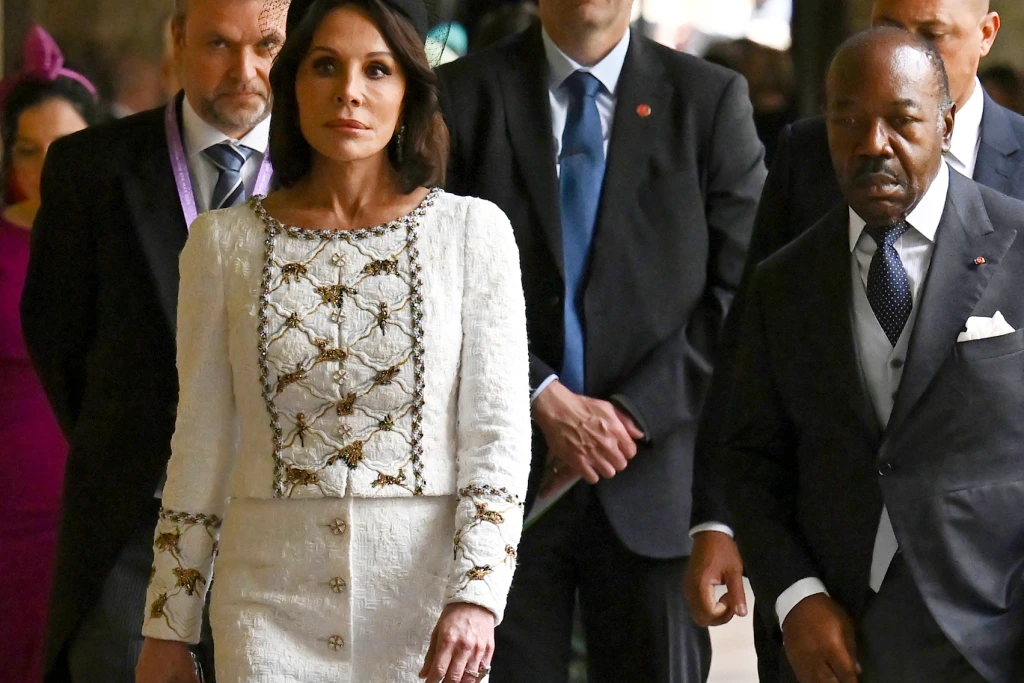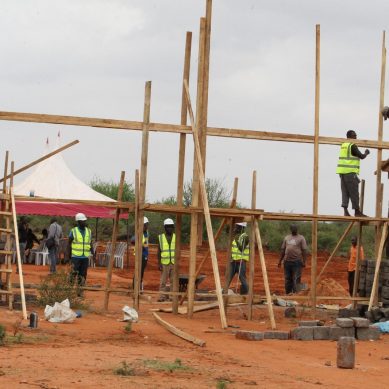
At a recent opening of the newest Rastafari place of worship just outside Kenya’s capital, some of the faithful gathered to sing rhythmic songs, read Scripture and exchange teachings on the appropriate way to live.
The rare event – opening a tabernacle made of wooden poles and roofed with iron sheets – illustrated the community’s expanding ranks in a country where until recently Rastafari was not considered a legitimate religion.
Things changed in 2019 with a court ruling in favour of a petitioner who cited discrimination when her school demanded that she cut her dreadlocks, often preferred by those who follow the Rastafari religion.
The student’s refusal to cut her locks had resulted in her expulsion from school but the High Court ruled Rastafari was a legitimate religion that should be protected, a ruling later affirmed by the Supreme Court.
Across the world, the faithful are known as Rastafarians, members of the movement launched in 1930 with the coronation in Ethiopia of Ras Tafari Mekonnen as Emperor Haile Selassie I. Rastafarians believe Selassie was the final incarnation of the biblical Jesus, and during his reign many Rastafarians made pilgrimage to the Horn of Africa nation. For Rastafarians, Ethiopia was a symbol of pride for its unbroken resistance to colonisers and Selassie was Jah, the deity.
Selassie was removed from power in a 1974 coup by a military junta. He died a year later. But the movement inspired by his rise to power in Ethiopia survives in countries ranging from the United States to Ghana.
It is unclear how many people identify as Rastafari in Kenya, a country dominated by Christians and Muslims. At least 30 Rastafarians came to the tabernacle opening in Ruai, some 25 kilometres (15 miles) east of Nairobi, last month.
In Kenya, the movement is set up under three “mansions” or branches: Nyabinghi, Bobo Ashanti and The Twelve tribes of Israel. The “mansions” represent small groups of Rastafarians who meet to worship together. Unlike traditional places of worship that are housed in architect-designed permanent structures, a Rastafari tabernacle is built with wooden poles, roofed with iron sheets and decorated in the unmistakable Rastafari colours of red, yellow and green.
Rastafarians around the world have a reputation for their unique Afrocentric spirituality, and they are generally known to be peace advocates. They oppose oppression and gravitate to music and art. The Jamaican reggae singer Bob Marley was a famous Rastafari.
There are challenges, including those that stem from misunderstandings about the religion. Across East Africa, Rastafarians are often stereotyped as lazy and indulging in prohibited substances like marijuana. Known to Rastafarians as ganja, marijuana is an important item in religious ceremonies.
The community has been growing in Kenya, attracting mostly young people.
Ng’ang’a Njuguna, a Rastafari elder in the Nyabinghi mansion of Kenya, describes Rastafari as not just a religion but a way of life.
“It is a spiritual way of life,” he said. “That is why we connect with nature, we connect with animals, we connect with every living being because Rastafari is all about the spiritual world.”
Fedrick Wangai, 26, is one of the newest members. He converted six years ago in what he described as his emancipation from Western religion.
“I grew up in a Christian setup and I ended up questioning the faith because it was made by the white man who was the colonial master of my forefathers,” he said. “Growing up for me in that religion was very difficult for me because I believe it brought division to the Black people.”
Christine Wanjiru, a 58-year-old who became a Rastafarian in 1994, making her one of the oldest members of her community, recalled that being one once was difficult as it often attracted discrimination and stigma.
“Back then, there was a lot of stigma and discrimination against Rastafari,” she said. “Most people never saw Rastafari as a good thing or a spiritual thing, from family members to the government, the police, all round. But we endured and we are here today.”
She added, however, that since then “more brethren have received this light and have come to Rastafari.”
Ng’ang’a Njuguna, an elder in the Nyabinghi mansion, says the movement has been growing largely because of interest from young Kenyans.
“They have that fire, they like how Rasta people carry themselves, how Rasta people live,” he said. “Our diet, art and skills.”
- An AP report







